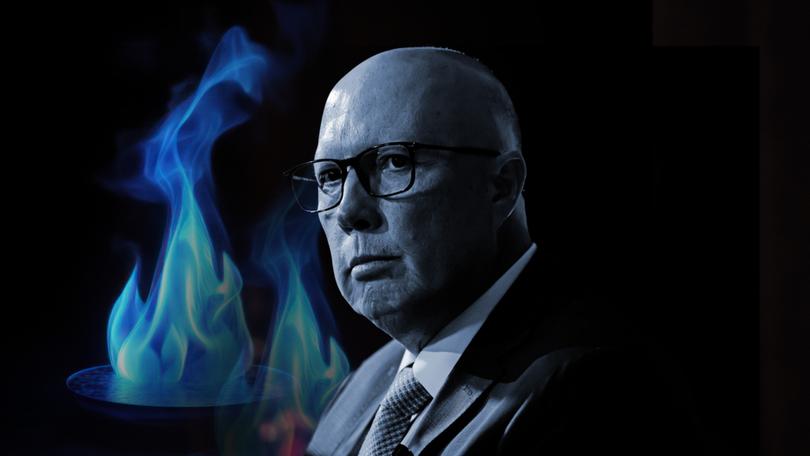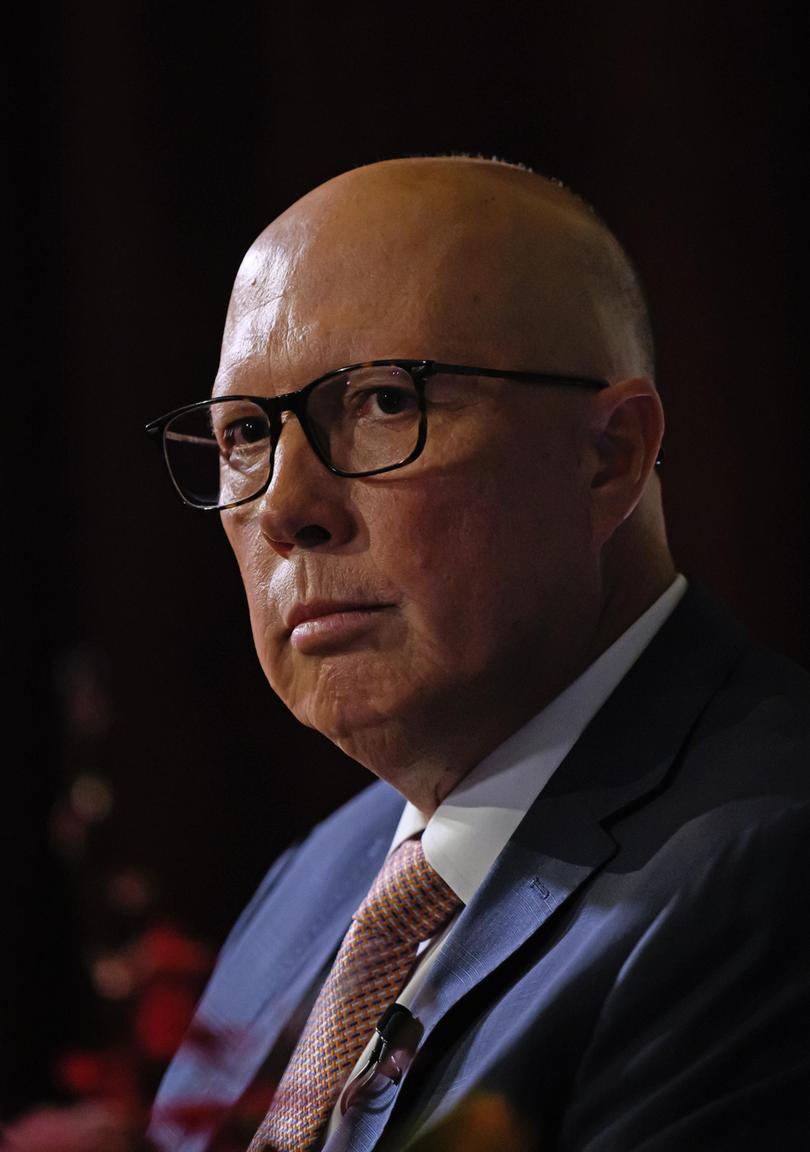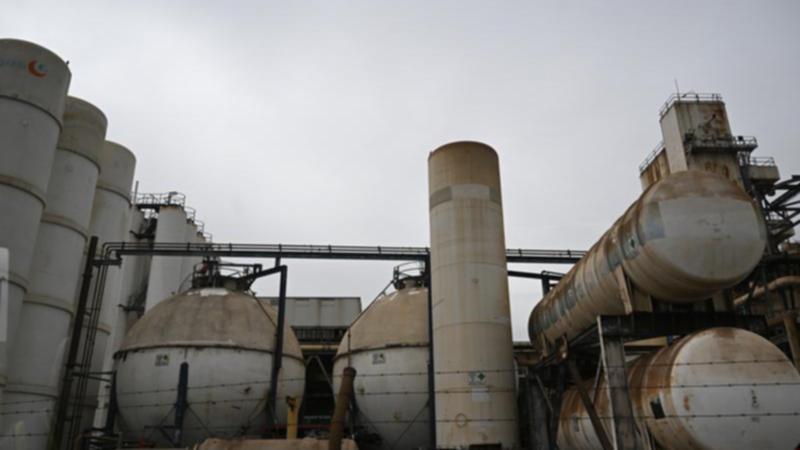Federal election 2025: Peter Dutton’s campaign power move to cut energy costs for Australian households

Peter Dutton has made energy affordability a central part of his campaign, vowing to “prioritise domestic gas supply, address shortfalls and reduce energy prices for Australians”.
Dutton’s plan is to unbundle gas prices from their export benchmark by forcing 10 to 20 per cent of product into the domestic market.
“This will drive down new wholesale domestic gas prices from over $14 per gigajoule to under $10 per gigajoule,” he said.
Sign up to The Nightly's newsletters.
Get the first look at the digital newspaper, curated daily stories and breaking headlines delivered to your inbox.
By continuing you agree to our Terms and Privacy Policy.The policy comes as the Australian Competition and Consumer Commission warns domestic gas supply is in “structural decline” and may soon require imports to meet a forecast 40 petajoule shortfall in the southern states.
“We expect that there will be adequate gas and sufficient pipeline and storage capacity to meet the shortfall in the south,” ACCC Commissioner Anna Brakey said. “But without access to LNG producers’ surplus gas, the current outlook provides very little buffer for unexpected events, including extreme weather, higher-than-expected demand, or outages in coal-fired power stations.”
The Coalition’s manoeuvre is unexpected from the party of free markets and has unsettled the business lobby, which is now watching closely for further interventionist moves such as breaking up insurance companies or supermarkets.
But the policy will resonate with voters struggling through a cost-of-living crisis. Energy costs rose 23 per cent for households and 25 per cent for small businesses in 2023–24, according to the ACCC.

The energy industry was aghast, calling the move a “damaging market intervention that will drive away investment and exacerbate the supply challenges in the longer term”.
“This glut of gas will deter investment in new supply and undermine our trading relationships,” Australian Energy Producers chief executive Samantha McCulloch said.
The AEP welcomed the Coalition’s plan to fast-track approvals and streamline supply, but it is unlikely any new gas would come from greenfield developments before 2030.
And by forcing the price of gas down, the economics of supply may not stack up.
According to the Institute for Energy Economics and Financial Analysis, the $10 billion Beetaloo Basin gas project would require prices above $10 per gigajoule to be financially viable, due to the cost of piping it to the east coast.
The Coalition’s plan to fund new gas infrastructure, piping gas from the north to cities in the south, risks creating “stranded assets,” the IEEFA warned.
“Gas pipelines typically require decades to recoup their investment costs, but gas demand on the east coast has fallen 32 per cent over the past decade and is set to continue falling,” said IEEFA Lead Gas Analyst Joshua Runciman. “Jemena’s $700 million Northern Gas Pipeline, commissioned in 2019, now sits empty and unused, illustrating this risk.”
Instead, the IEEFA argued a better use of gas would be to wean households off gas-powered energy during peak times, making them more self-sufficient with energy efficient appliances, solar panels and batteries and reserve gas for industrial users and energy-hungry businesses.
Understanding the composition of an energy bill is key to understanding how prices work.
Wholesale costs make up around a third of the cost of an average electricity bill, with network costs accounting for 45 per cent. Retailers take a 12 per cent margin, while another 10 per cent is bundled into environmental costs, funding rooftop solar and energy efficiency programs.
While the network component is large, reflecting the cost of building transmission lines to new renewable projects, household price spikes are most closely tied to gas prices.
That’s because gas is the fuel of last resort for the east coast electricity grid. When peak demand hits, gas plants do the heavy lifting.
And because gas prices more than doubled after the Russian invasion of Ukraine, energy prices have risen 40 per cent in the past two years.
Tony Wood, energy analyst at the Grattan Institute, said pushing down the price of gas could lower electricity prices but warned the devil is in the detail.

While Dutton’s proposal to force more gas into the domestic market lacks detail, some elements could theoretically lower prices but only under tightly managed conditions and with an awareness of unintended consequences.
Tony Wood said that if the Coalition was serious about addressing artificially high gas prices, the cleanest intervention would be to target excess profits rather than distort supply.
“If you impose the logic that the price is artificially high due to the war in Ukraine, and you decide a fair price for gas is $10, then set a windfall tax of 100 per cent or something like that,” Wood said. “At least that identifies a potentially real problem, that some producers are making windfall profits and the tax goes away when the windfall does.”
Another theoretical option, Wood said, would be to temporarily ban uncontracted gas exports, effectively forcing more supply into the local market.
“If the alternative is not selling the gas at all, then yes, producers would sell it at a lower price,” he said. “But once you’ve done that, there’s a whole lot of gas that just doesn’t get produced.”
He warned such a move would risk destroying the spot market, the flexible, short-term trading mechanism that provides supply during demand spikes.
“Spot market flexibility is critically important when you’ve got a market like we have in gas.”
Wood also pointed to Western Australia’s gas reservation model, which has historically delivered lower prices than the east coast.
A 2022 Senate report found WA prices were often less than half those in the eastern states. But enforcement remains a challenge: WA producers have been criticised for delivering only 8 per cent of supply to the local market, well short of the 15 per cent domestic reservation requirement. That prompted Premier Roger Cook to say “all options are on the table” to ensure producers meet their obligations.

A similar scheme has been used in Queensland, where any new gas exploration must reserve 20 per cent for domestic use. Wood said the success lies in its pre-emptive design.
“Doing it pre-emptively means if you don’t want to explore under those terms, then don’t. That seems to work,” he said. “That’s not altogether bad, but I don’t think that’s what’s being proposed by the Coalition.”
The Australian Industry Group, which represents major manufacturers, welcomed the move as a trigger for long-overdue reform.
“Two decades of inertia and ignorance or repeated warnings on gas shortages has led us to a point we should have never reached,” Ai Group chief Innes Willox said. “The fact we have reached this point is a symptom of how policymakers of all stripes have kicked this problem down the road for too long. Now is the time to design the right policy framework for any new export contracts while avoiding sovereign risk.”

